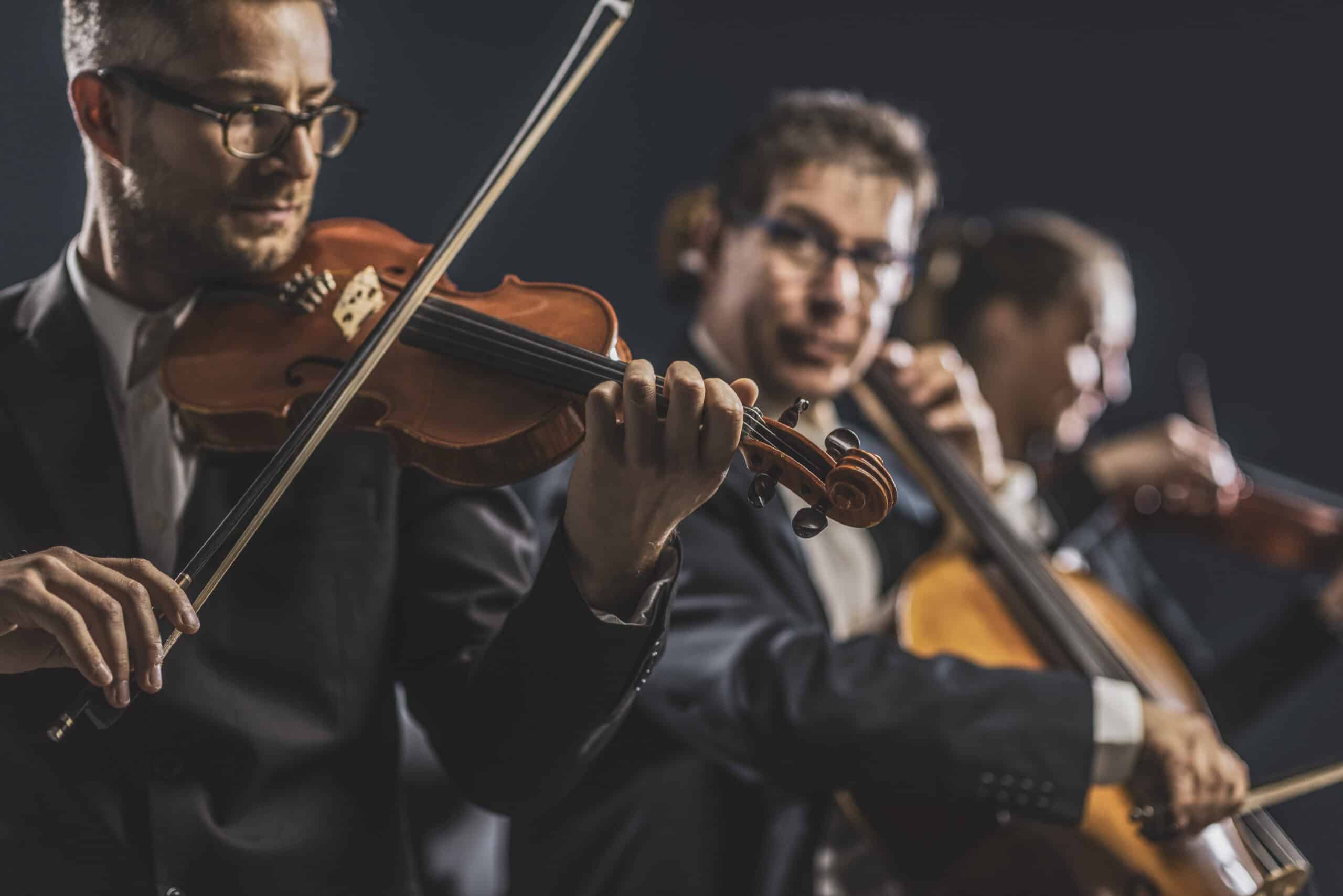The Harmony of Choirs and Orchestras: A Journey Through Arrangements

The Harmony of Choirs and Orchestras: A Journey Through Arrangements invites you to explore the captivating world of musical collaboration. At The People’s Orchestra, we offer unique opportunities to work with us through our diverse ensembles, including the People’s Show Choir, the Rusty Players Orchestra, and the People’s Big Band. These groups bring together musicians of all skill levels to create stunning performances that blend choral and orchestral elements. In this article, you’ll discover the intricate process of arranging music for choirs and orchestras, from selecting repertoire to overcoming preparation challenges. Keep reading to uncover the secrets behind our successful collaborations and learn about exciting future trends in choral and orchestral music.
The Intricacies of Choir and Orchestra Collaboration
You’ll discover the intricate dance between choirs and orchestras as they weave together vocal and instrumental arrangements. From defining distinct roles to mastering musical communication, this collaboration creates powerful performances that captivate audiences. Whether you’re interested in joining the peoples orchestra or a rusty orchestra near you, understanding these partnerships enhances your appreciation for the art. As you explore various rusty orchestra locations, you’ll witness firsthand how voices and instruments blend to create unforgettable harmonies.
Defining the Roles Within Choirs and Orchestras/find-us
You’ll find distinct roles within our ensembles and orchestras that contribute to the overall harmony of a concert. In a symphony, the conductor leads both groups, coordinating the music and ensuring seamless integration. Choirs typically consist of soprano, alto, tenor, and bass voices, while our ensembles feature various instrumental sections like strings, woodwinds, brass, and percussion. To join either group, you may need to audition, showcasing your singing or instrumental skills to secure your place in these collaborative ensembles.
How Choirs and Orchestras Communicate Musically
You’ll witness the seamless communication between our ensembles and orchestras through a combination of visual cues, musical notation, and shared understanding of classical music traditions. Conductors guide both vocal and instrumental sections with precise gestures, while musicians in the BBC Symphony Orchestra and millennial choirs like the People’s Show Choir rely on their ability to read scores and respond to dynamic changes. On any given Monday, you might find the Rusty Players Orchestra and the People’s Big Band fine-tuning their musical dialogue, ensuring that every voice and instrument contributes harmoniously to the overall performance.
Combining Vocal and Instrumental Arrangements
You’ll witness the magic of combined vocal and instrumental arrangements as composers skillfully blend choral and orchestral elements. From grand operas to symphonic masterpieces, these collaborations showcase the best of both worlds, with groups like the BBC Concert Orchestra and BBC Philharmonic often joining forces with our ensembles to create unforgettable performances. During rehearsals, you’ll observe how conductors fine-tune the balance between voices and instruments, ensuring each element shines while contributing to a cohesive whole.
The Evolution of Choral and Orchestral Fusion
You’ll journey through time as you explore the rich tapestry of our ensembles and orchestral fusion. From the grand stages of Dallas to the intimate theatres of London, this musical evolution has captivated audiences for centuries. You’ll discover how composers have masterfully blended the human voice with the soaring melodies of violins and the brassy punctuations of big bands. The Rusty Players Orchestra, renowned for their versatility, exemplify the modern approach to choral-orchestral arrangements, seamlessly transitioning between classical and contemporary styles. As you delve deeper, you’ll uncover the historical milestones, influential composers, and innovative techniques that continue to shape this dynamic musical landscape.
Historical Milestones in Choir and Orchestra Performances
You’ll find significant milestones in choir and orchestra performances throughout history, with notable events shaping the landscape of classical music. The Utah Symphony Orchestra, founded in 1940, emerged as a 501(c)(3) non-profit organization, setting a precedent for community-supported orchestras in the United States. Across the Atlantic, Scotland’s rich musical tradition gave rise to the Royal Scottish National Orchestra in 1891, establishing itself as a center for symphonic excellence. These historical developments have paved the way for innovative collaborations between our ensembles and orchestras, elevating the art form to new heights. work with us
Notable Composers Who Bridged Vocals With Symphony
You’ll discover the brilliance of composers who masterfully blended vocal and orchestral elements, creating timeless works that continue to inspire. In the United Kingdom, Edward Elgar’s “The Dream of Gerontius” stands as a testament to this fusion, while across the pond, Leonard Bernstein’s “Chichester Psalms” showcases the seamless integration of choral and symphonic music. The Rusty Players Orchestra frequently performs these groundbreaking compositions, bringing to life the vision of composers who dared to bridge the gap between voice and instrument.
How Modern Arrangements Are Blurring the Lines
You’ll notice modern arrangements pushing boundaries between choral and orchestral music, creating innovative soundscapes that challenge traditional classifications. Our ensembles blend electronic elements, world music influences, and unconventional instrumentation with classic choral and orchestral techniques. This fusion results in captivating performances that appeal to diverse audiences and showcase the versatility of both vocal and instrumental ensembles.
Mastering the Art of Conducting Choirs and Orchestras
You’ll discover the intricate art of conducting as you explore how maestros lead both our ensembles and orchestras to create harmonious performances. From the podium, these skilled professionals wield their batons to synchronize diverse groups like the People’s Show Choir, the Rusty Players Orchestra, the People’s Big Band, balancing vocal and instrumental elements with precision. You’ll learn about the techniques used to manage large groups of musicians and singers across different rusty orchestra locations, ensuring each section shines while contributing to a cohesive whole. Through stories of renowned conductors, you’ll gain insight into the challenges and triumphs of bringing choirs and orchestras together, inspiring your own musical journey whether you’re a seasoned performer or an enthusiastic newcomer to the world of classical music. If you want to work with us, find us to join our ensembles!
The Conductor’s Role in Synchronizing Choirs and Orchestras
You’ll witness the conductor’s pivotal role in synchronizing choirs and orchestras as they unite diverse musical elements into a cohesive performance. With precise gestures and keen musical insight, the conductor guides both vocalists and instrumentalists through complex arrangements, ensuring perfect timing and balance. You’ll observe how these skilled maestros use their batons to cue entrances, control dynamics, and shape the overall interpretation of the music, creating a seamless blend of voices and instruments that captivates audiences.
Techniques for Managing Large and Diverse Ensembles
You’ll master the art of managing large and diverse ensembles through effective rehearsal techniques and clear communication. Break down complex pieces into manageable sections, focusing on specific instrumental or vocal groups to address unique challenges. Use a combination of verbal instructions and visual cues to convey your musical intentions, ensuring all performers understand their roles within the larger ensemble.
Stories of Successful Choir and Orchestra Conductors
You’ll find inspiration in the stories of successful choir and orchestra conductors who have left their mark on the musical world. Sir Simon Rattle, former conductor of the Berlin Philharmonic and current Music Director of the London Symphony Orchestra, has gained renown for his innovative programming and ability to blend choral and orchestral works seamlessly. Marin Alsop, the first woman to lead a major American orchestra as Music Director of the Baltimore Symphony Orchestra, has championed new music and brought fresh perspectives to classic repertoire, often incorporating choral elements into her performances.
Selecting Repertoire for Choirs and Orchestras
You’ll dive into the art of selecting repertoire for choirs and orchestras, a process that requires careful consideration and musical expertise. As you explore the criteria for choosing suitable pieces, you’ll gain insight into how conductors balance the strengths of both vocal and instrumental ensembles within a program. You’ll also discover innovative compositions that seamlessly merge choral and orchestral elements, pushing the boundaries of traditional performance. This journey through musical selection will enhance your appreciation for the intricate planning that goes into creating captivating concerts that showcase the best of both worlds.
Criteria for Choosing Suitable Pieces
You’ll need to consider several factors when choosing suitable pieces for combined choir and orchestra performances. Look for compositions that balance the strengths of both vocal and instrumental sections, ensuring each group has moments to shine. Select works that match the skill level of your performers, challenge them appropriately, and resonate with your target audience.
Balancing Choral and Orchestral Strengths in a Program
You’ll create a balanced program that showcases both choral and orchestral strengths by carefully selecting pieces that highlight each ensemble’s unique qualities. Choose works that feature powerful choral sections alongside intricate orchestral passages, allowing both groups to shine. Consider incorporating compositions that alternate between vocal and instrumental focus, giving audiences a dynamic experience that fully demonstrates the capabilities of your combined ensembles.
Innovative Compositions That Merge Choirs With Orchestras
You’ll discover a wealth of innovative compositions that seamlessly blend choral and orchestral elements, pushing the boundaries of traditional musical forms. Explore works like Eric Whitacre’s “Deep Field,” which combines a symphony orchestra with a virtual choir, or John Adams’ “On the Transmigration of Souls,” which interweaves recorded voices with live orchestral and choral performances. These groundbreaking pieces showcase the evolving landscape of choral-orchestral music, offering fresh perspectives and captivating soundscapes for audiences and performers alike.
Preparation Challenges and Triumphs
You’ll face unique challenges and experience rewarding triumphs as you prepare choirs and orchestras for combined performances. From tackling common rehearsal hurdles to fine-tuning the delicate balance between vocal and instrumental sections, each step of the process demands dedication and skill. You’ll learn strategies to overcome timing issues, blend diverse timbres, and create a cohesive sound that resonates with audiences. By examining successful performances and understanding the elements that made them exceptional, you’ll gain valuable insights to apply to your own musical endeavors. These preparation efforts culminate in unforgettable concerts that showcase the power of collaboration between choirs and orchestras.
Overcoming Common Rehearsal Issues
You’ll encounter various challenges during choir and orchestra rehearsals, but with the right approach, you can overcome them. Focus on precise timekeeping, using a metronome to align vocal and instrumental sections. Address balance issues by adjusting seating arrangements and conducting targeted sectional rehearsals. Encourage open communication between choir members and instrumentalists to foster a collaborative environment and resolve any musical discrepancies quickly.
Achieving a Unified Sound Between Choirs and Orchestras
You’ll achieve a unified sound between choirs and orchestras through careful attention to balance, blend, and articulation. Focus on matching vowel sounds and consonant endings between vocalists and instrumentalists to create a seamless integration. Experiment with different seating arrangements and acoustic treatments to optimize the overall sound, ensuring that both choral and orchestral elements complement each other without overpowering.
Memorable Performances and What Made Them Successful
You’ll find that memorable performances often result from a perfect blend of preparation, passion, and synchronicity between choirs and orchestras. The Royal Albert Hall’s annual performance of Handel’s Messiah stands out as a prime example, where the combined forces of the Royal Philharmonic Orchestra and the Royal Choral Society create a powerful, emotionally charged experience. These successful collaborations hinge on meticulous rehearsals, strong leadership from conductors, and a shared vision among all performers, resulting in breathtaking moments that resonate with audiences long after the final notes fade away.
Future Trends in Choral and Orchestral Music
You’re about to explore the cutting-edge developments shaping the future of choral and orchestral music. As technology revolutionizes performance and composition, you’ll discover how digital tools are opening new possibilities for musical expression. Keep an eye on rising stars in the composing world who are pushing boundaries and redefining the relationship between voice and instrument. Get ready to anticipate the next wave of innovations in choir and orchestra fusion, from immersive concert experiences to genre-bending collaborations that challenge traditional classifications. This exciting frontier promises to transform how you create, perform, and enjoy the timeless art of choral and orchestral music.
The Impact of Technology on Performance and Composition
You’ll witness technology revolutionizing choral and orchestral performances and compositions. Virtual reality concerts allow you to experience immersive musical environments, while AI-assisted composition tools help create complex arrangements that blend vocal and instrumental elements in innovative ways. These advancements open up new possibilities for remote collaborations, enabling choirs and orchestras to perform together across vast distances and pushing the boundaries of traditional musical forms.
Emerging Composers and Arrangers to Watch
You’ll want to keep an eye on emerging composers and arrangers who are reshaping the landscape of choral and orchestral music. Caroline Shaw, the youngest recipient of the Pulitzer Prize for Music, continues to push boundaries with her innovative vocal and instrumental works. Nico Muhly’s genre-defying compositions, blending classical traditions with contemporary influences, offer fresh perspectives on choir and orchestra collaborations. Watch out for Anna Clyne, whose evocative orchestral pieces often incorporate choral elements, creating rich sonic tapestries that captivate audiences worldwide.
Predicting the Next Big Changes in Choir and Orchestra Fusion
You’ll see exciting changes in choir and orchestra fusion in the coming years. Virtual and augmented reality technologies may allow for immersive concert experiences, blending live performances with digital elements. Cross-genre collaborations will likely increase, merging classical traditions with contemporary styles to create unique soundscapes that appeal to diverse audiences.
Conclusion
Choirs and orchestras create powerful performances through intricate collaboration, blending vocal and instrumental elements to captivate audiences. This fusion of musical forces has evolved over time, with notable composers and conductors pushing boundaries and creating innovative arrangements that challenge traditional classifications. The art of conducting and selecting repertoire for these combined ensembles requires skill, creativity, and a deep understanding of both vocal and instrumental strengths. As technology continues to shape the future of choral and orchestral music, emerging composers and new performance techniques promise to further revolutionize this timeless art form, ensuring its continued relevance and appeal to diverse audiences.






